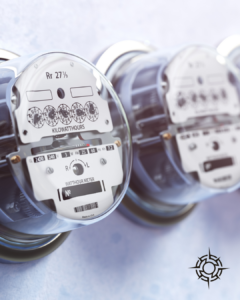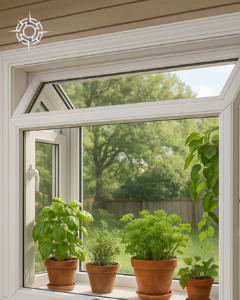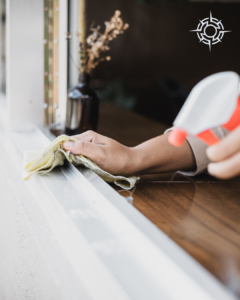Why Windows Matter for Energy Efficiency
According to the U.S. Department of Energy, windows account for 25–30% of residential heating and cooling energy use. That’s a huge amount of energy loss happening through the glass, frame, and seals—especially in older homes with single-pane or drafty windows. While upgrading to modern, triple-pane windows is the gold standard for energy savings, it’s not always practical for homeowners working within a tight budget or focusing on other renovations first. However, a broken window needs to be replaced.
Fortunately, there are plenty of other ways to reduce energy bills, improve comfort, and boost home energy savings without a full window replacement. In this article, we’ll cover practical, affordable strategies to insulate, enhance, and reduce energy waste from windows and beyond. Whether you’re gearing up for another Midwest winter or preparing for a sweltering summer, these tips will help you take control of your energy use.
Budget-Friendly Ways for Energy Savings
You don’t need a contractor—or a big budget—to make a noticeable difference in your energy use. Many energy savings strategies start with a few low-cost supplies and a Saturday afternoon of DIY work.
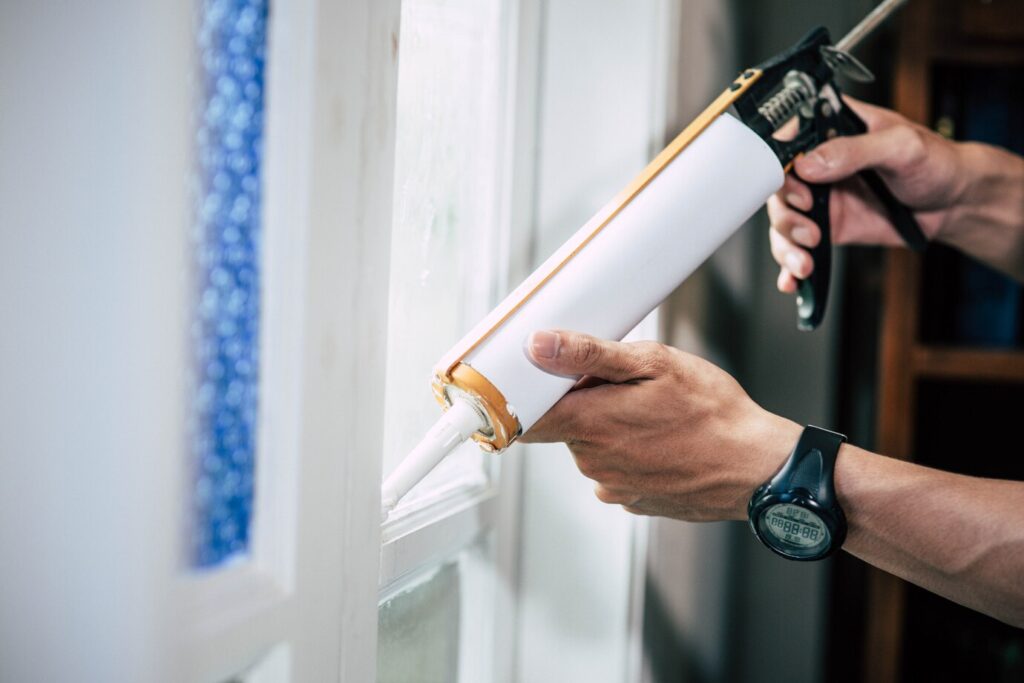
Caulk and Weatherstripping
Start by sealing gaps around your window frames. Exterior-grade caulk is ideal for cracks and gaps between the window trim and siding, while weatherstripping works best for the window sash and moving parts inside the frame. These quick fixes can drastically reduce drafts that allow cold air in and warm air out.
Clean the Window Tracks
It may sound simple, but dirty window tracks can prevent your windows from closing tightly, allowing heat or cooled air to escape. To clean window tracks, use a vacuum and mild soap to clear away dirt and debris, ensuring your windows seal properly when shut.
Use Shrink Film for Insulation
Shrink plastic window kits are a winter lifesaver. Applied with double-sided tape and a hairdryer, this thin plastic film adds an invisible barrier that traps air and reduces heat loss through the glass. It’s especially useful on large or north-facing windows during the colder months. Window film also helps with foggy or frosted windows.
Heavy Curtains and Blinds
Thick, insulated curtains or thermal blinds add another line of defense. They reduce heat loss at night and can block intense summer sun during the day. For best results, open them during sunny winter days to let warmth in and close them at dusk to trap heat.
These simple steps can add up to significant home energy savings, especially when used together.
Window Enhancements That Add Energy Savings Without Replacement
If you’re not ready for new windows, consider adding to the ones you already have. These functional upgrades can boost comfort, improve efficiency, and even enhance curb appeal.
Install Storm Windows
Storm windows are secondary panels that fit inside or outside existing windows to create an insulating air pocket. They’re more affordable than full replacements and can improve energy performance by 25% or more. Interior storm windows are easy to install and remove seasonally, while exterior models are more permanent and offer protection against the elements.
Functional Shutters
Exterior shutters aren’t just decorative. Functional shutters, especially those made of wood or composite materials, can be closed during extreme temperatures or storms to help regulate indoor temperatures. They’re especially useful in areas that experience strong sun or wind.
Add Window Awnings
Awnings help shade your windows from direct sunlight, reducing solar heat gain in the summer. By keeping indoor spaces cooler, awnings reduce the demand on air conditioning systems, translating to long-term energy savings. They’re particularly effective on west- and south-facing windows.
These additions work with your current windows, giving you another layer of insulation and protection without the cost of replacement.
Energy-Saving Habits and Upgrades That Make a Big Difference
Improving window insulation is only one piece of the puzzle. Your home energy savings also depend on how you manage other systems in the house.
Replace Old Appliances
Older appliances—especially refrigerators, furnaces, and air conditioning units—can be major energy hogs. Replacing them with ENERGY STAR® rated models may qualify you for rebates and will deliver immediate efficiency gains.
Wash Clothes in Cold Water
Heating water for laundry is one of the highest energy-consuming activities in a home. Washing clothes in cold water can reduce your washer’s energy use by up to 90%.
Unplug Electronics
Even when turned off, electronics draw small amounts of power—a phenomenon known as phantom load. Use smart power strips or unplug devices like chargers, printers, and coffee makers when they’re not in use.
Install Smart Thermostats
Smart thermostats automatically adjust your home’s temperature for optimal comfort and efficiency. You can program them to lower the temperature when you’re sleeping or away—a common thermostat energy savings winter tactic.
Lower the Heat, Raise the AC
Set your thermostat a few degrees lower in the winter (around 68°F when you’re home, lower when you’re not) and higher in the summer (around 78°F). According to the U.S. Department of Energy, this small change can result in energy savings of around 10% annually.
By combining good habits with smart upgrades, you can reduce waste and see real monthly savings.
How to Optimize Thermostat Settings for Maximum Savings
Temperature control is one of the fastest ways to improve energy savings at home. The secret lies in adjusting your settings seasonally and consistently.
Winter Thermostat Tips
- Set your thermostat to 68°F during the day and lower at night or when away.
- Use extra blankets and wear layers to stay comfortable without overheating your home.
- Close doors to unused rooms and use space heaters selectively for more precise heating.
Summer Thermostat Tips
- Set your thermostat to 78°F when home and higher when away.
- Use ceiling fans to increase comfort without lowering the temp.
- Draw curtains during peak sun hours to block heat.
Need help calculating your potential savings? A SEER energy savings calculator can help estimate efficiency gains if you’re upgrading to a better HVAC system.
Smart programming can reduce strain on your system and support consistent home energy savings year-round.
Exploring Long-Term Investments: Solar and Appliance Efficiency
For homeowners thinking beyond seasonal changes, consider solar energy savings and appliance upgrades as long-term strategies.
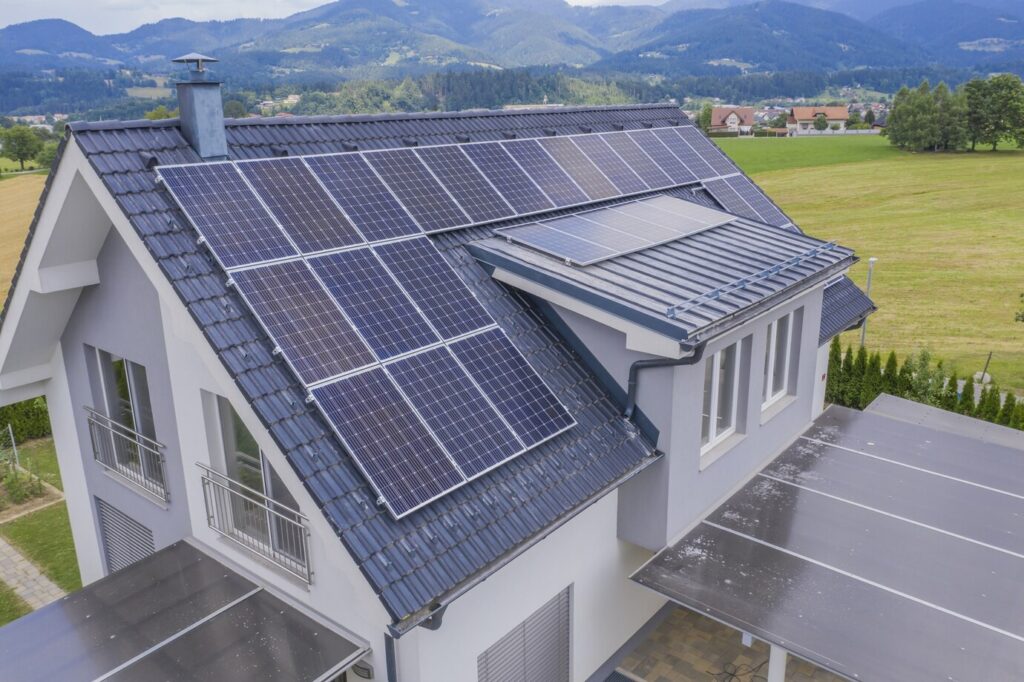
Solar Panels
Installing solar panels can drastically reduce your reliance on the grid, especially in sunny climates. Many states offer tax incentives or rebates that lower the upfront cost, and panels can pay for themselves in as little as 7–10 years depending on local energy rates.
Water Heater Insulation
Wrapping your water heater in a simple insulation blanket can reduce standby heat loss by 25%–45%, delivering quick returns for a $20–$40 investment.
Upgrade to a High-Efficiency HVAC System
If your current system is outdated, a new furnace or AC unit with a higher Seasonal Energy Efficiency Ratio (SEER) rating will deliver better performance and lower costs. A quick check with a SEER energy savings calculator can show you just how much you might save per year.
Conclusion: Simple Steps, Big Impact with Compass Exteriors
Saving money on energy doesn’t always require a major renovation. With smart strategies like sealing air leaks, adding storm windows, adjusting thermostat settings, and forming energy-conscious habits, you can cut costs and stay comfortable without replacing your windows.
At Compass Exteriors, we’re here to help. Whether it’s sealing up leaks, installing functional shutters, upgrading storm windows, or guiding you toward smart home improvements, our team is ready to deliver practical solutions tailored to your home. Let us help you boost your home’s efficiency—without breaking the bank.
Contact Compass Exteriors today to schedule a home energy consultation or learn more about our energy-saving services.


